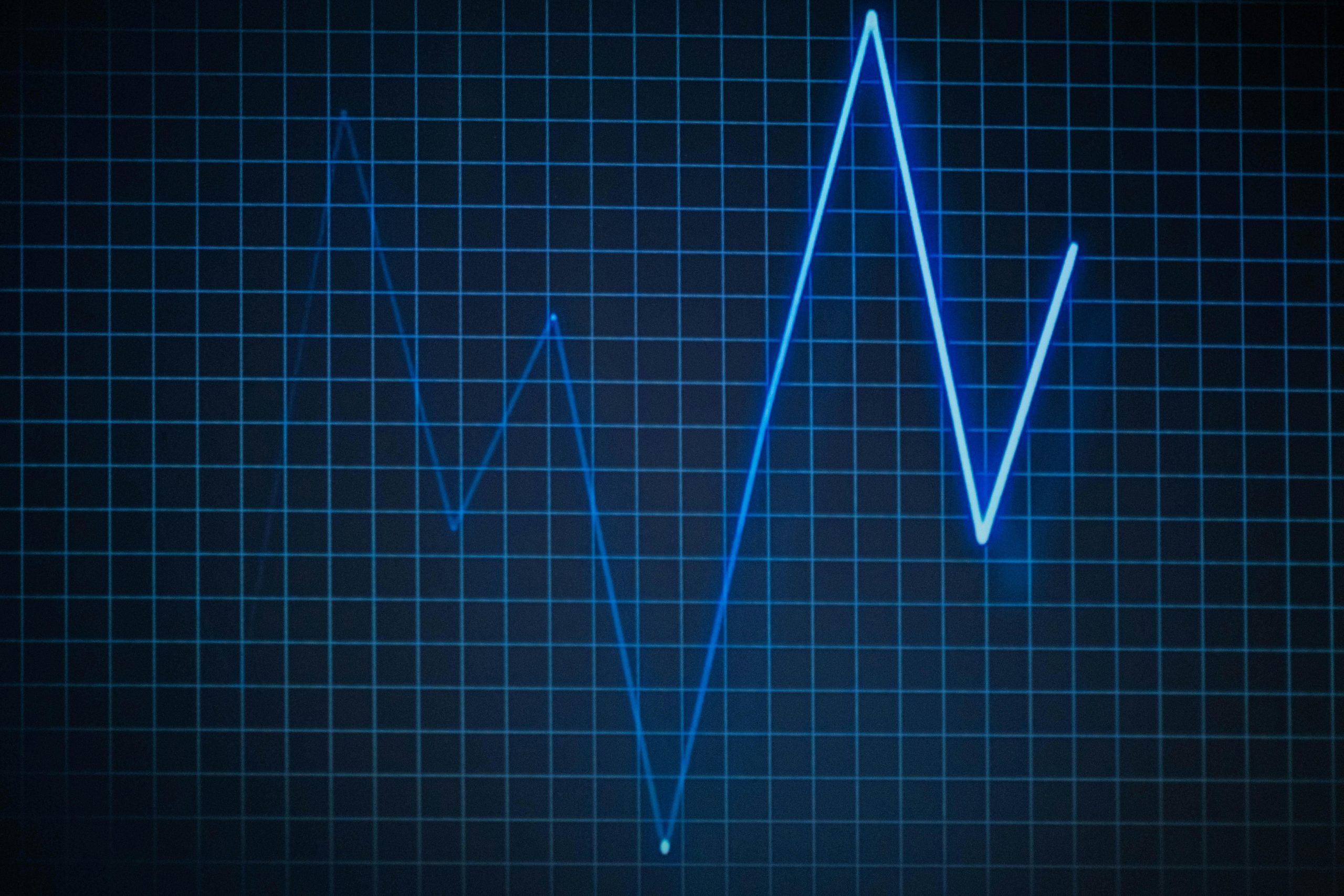Wearable Technology: Monitoring Health in Real-Time
The rise of wearable technology has revolutionized the way we monitor and track our health. Gone are the days of bulky, restrictive devices. Now, with just a simple wristband or watch, we can effortlessly keep tabs on our physical activity, heart rate, sleep patterns, and more. But beyond monitoring basic health metrics, wearable technology has advanced to the point of providing real-time data that can significantly impact our overall well-being. In this article, we’ll delve into the world of wearable technology and explore how it has opened the door to monitoring our health in real-time.
The Evolution of Wearable Technology
Wearable technology has its roots in the early 2000s, with the introduction of simple pedometers and heart rate monitors. These devices were limited in their capabilities and often required being synced with a computer to analyze the data collected. However, with the advent of smartphones and their advanced sensors, wearable technology quickly evolved to integrate with our daily lives.
Today, wearable technology encompasses a wide range of devices, from fitness trackers and smartwatches to virtual reality headsets and smart clothing. With the rise of the Internet of Things (IoT), these devices can now connect to our smartphones, apps, and other devices, providing a seamless flow of data and real-time insights.
The Impact on Health Monitoring
Gone are the days when we had to rely on occasional doctor visits to get a snapshot of our health. Wearable technology has opened the door to continuous monitoring, providing us with a more comprehensive view of our well-being. With real-time data at our fingertips, we can now make more informed decisions regarding our health and wellness.
Activity Tracking
One of the most common uses of wearable technology is activity tracking. These devices use various sensors, such as accelerometers and gyroscopes, to monitor our movements throughout the day. This data can provide us with insights into our daily activity levels, such as steps taken, distance traveled, and calories burned.
Beyond just tracking basic metrics, some devices also provide more advanced features, such as heart rate monitoring and GPS tracking. This allows us to gain a better understanding of our overall fitness levels and make improvements to our exercise routines.
Health Monitoring
Wearable technology has also made it possible to monitor our health in real-time. For example, some devices can track our heart rate continuously, providing alerts if it exceeds a certain threshold. This feature is especially beneficial for individuals with pre-existing heart conditions, as it allows them to keep a closer eye on their health and take preventive measures if necessary.
Additionally, wearable technology can also track other health metrics, such as sleep patterns, stress levels, and oxygen saturation. With this data, we can identify any irregularities and take steps to improve our overall health.
The Future of Wearable Technology
As technology continues to advance, the possibilities for wearable technology are endless. With the integration of artificial intelligence and machine learning, devices will become more personalized and insightful, providing us with tailored recommendations to improve our health.
Furthermore, wearable technology has the potential to not only monitor our health but also to prevent and detect medical conditions. For example, some devices can analyze sweat and blood for biomarkers that can indicate the early signs of diseases, such as diabetes and cancer.
Conclusion
Wearable technology has come a long way, from simple step counters to advanced health monitoring devices. With real-time data and insights at our fingertips, we can take charge of our health and make proactive decisions to improve our overall well-being. As technology advances, the future of wearable technology looks promising, offering endless possibilities for a healthier, more connected world.










